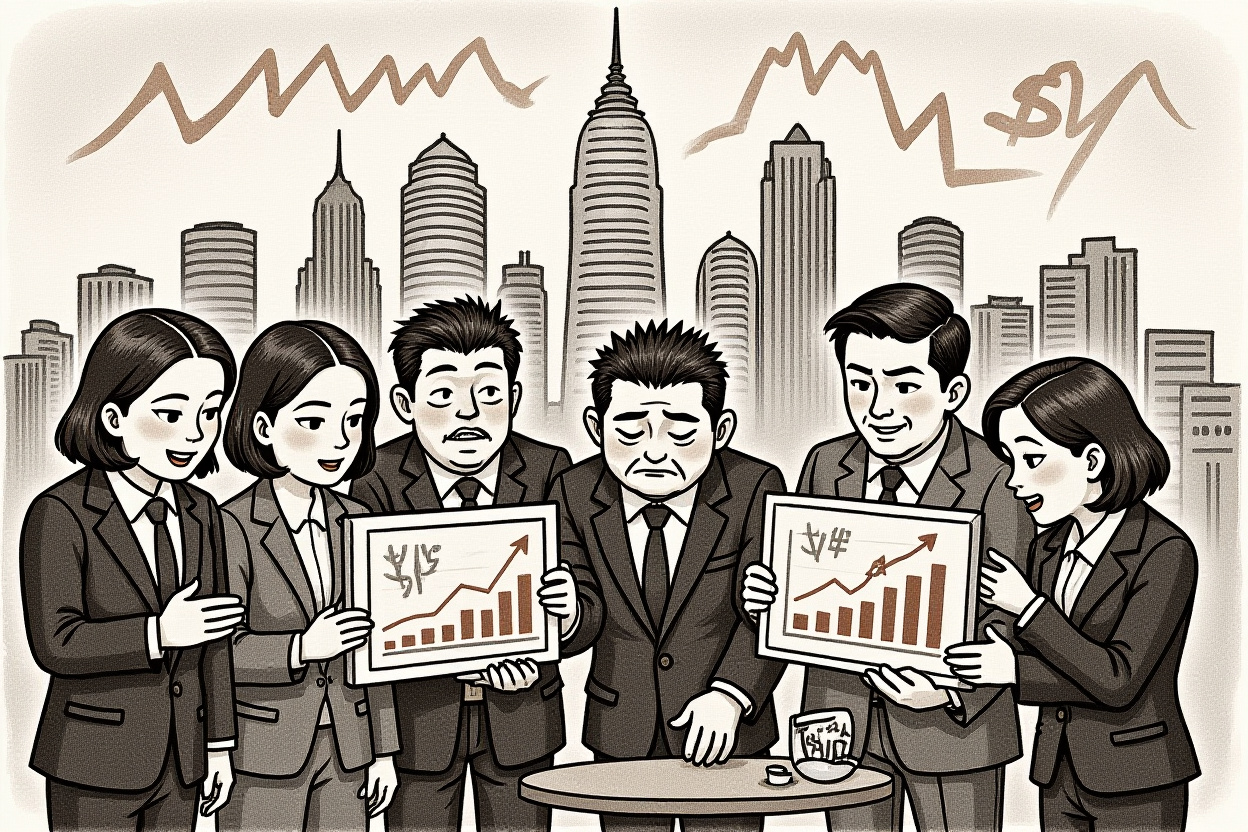China’s producer price index (PPI) for August 2025 declined by 2.9% compared to the same period last year, though the rate of decrease narrowed by 0.7 percentage points from July. On a month-on-month basis, the PPI remained flat after a 0.2% drop in the previous month. Purchasing prices for industrial producers fell by 4.0% year-on-year and were also unchanged from July. For the first eight months of the year, the average PPI fell 2.9%, while purchasing prices dropped 3.3% compared to the same period in 2024. These figures, released by the National Bureau of Statistics (NBS), reflect ongoing deflationary pressures in the industrial sector, though some moderation is evident. This article delves into the drivers behind these trends, sector-specific performances, and what this means for China’s broader economic trajectory. The PPI fell 2.9% year-on-year in August, a critical data point that signals both challenges and modest improvements in industrial pricing power. Overall PPI Performance in August The year-on-year decline of 2.9% in the PPI for August marks a slight improvement from July’s sharper contraction. This moderation suggests that deflationary pressures, while persistent, may be easing in certain segments of the economy. The month-on-month stabilization, after a 0.2% decline in July, indicates that pricing conditions are finding a floor, albeit at lower levels. The PPI fell 2.9% year-on-year in August, reflecting broader trends in global commodity markets and domestic demand. Purchasing prices for industrial producers, which fell 4.0% year-on-year, also showed no change from July, hinting at cost-side stabilizations that could support future profitability margins. Breakdown by Production and Purchasing Categories The decline in the PPI was primarily driven by a 3.2% drop in producer goods prices, which contributed approximately 2.40 percentage points to the overall decrease. Within this category: – Mining prices plummeted 11.5% year-on-year. – Raw materials prices fell 4.1%. – Processed goods prices declined 2.2%. Consumer goods prices dropped 1.7%, contributing about 0.45 percentage points to the total decline. Notably: – Food prices decreased 1.7%. – Clothing prices remained unchanged. – General daily-use goods prices rose 0.4%. – Durable consumer goods prices fell 3.7%. On the purchasing side, fuel and power prices saw a significant 9.7% decline, while chemical raw material prices dropped 6.2%. Conversely, non-ferrous metals and wire prices increased 4.7%, highlighting divergent trends across input categories. Sectoral Analysis of Industrial Prices The PPI data reveals wide variations across different industrial sectors, with some experiencing severe contractions while others show resilience or even growth. The PPI fell 2.9% year-on-year in August, but this aggregate figure masks important sectoral dynamics. Mining and Raw Materials Sectors The mining sector faced the steepest declines, with coal mining and washing prices dropping 19.8% year-on-year. This reflects oversupply conditions and weak demand from heavy industries and power generation. Oil and gas extraction prices fell 9.7%, influenced by moderated global energy prices. However, non-ferrous metal mining bucked the trend with an 11.8% increase, driven by strong demand for metals like copper and lithium used in electronics and renewable energy technologies. Manufacturing and Processing Industries Processed goods prices declined 2.2% year-on-year, but some sub-sectors performed better than others: – Chemical fiber manufacturing prices fell 9.3%. – Non-metallic mineral products prices dropped 5.4%. – Automotive manufacturing prices decreased 2.7%. In contrast, non-ferrous metal smelting and pressing prices rose 4.8%, supported by robust demand from the electric vehicle and infrastructure sectors. The general machinery manufacturing sector saw a milder decline of 1.7%, indicating some stability in industrial equipment demand. Drivers Behind the PPI Decline Several factors contributed to the PPI falling 2.9% year-on-year in August. Understanding these drivers is crucial for assessing future trends and policy responses. Global Commodity Price Trends Global commodity prices, particularly for energy and bulk raw materials, remained subdued in August. This transmitted deflationary pressures to China’s industrial sector, especially in mining and raw material processing. The 9.7% drop in fuel and power purchase prices reflects this global trend. However, supply disruptions and geopolitical factors in certain metal markets supported price increases for non-ferrous metals. Domestic Demand Conditions Weak domestic demand, particularly in the property sector and traditional manufacturing, continued to weigh on industrial prices. The 5.4% decline in non-metallic mineral products prices (including cement and glass) and the 4.0% drop in ferrous metal smelting prices highlight the ongoing drag from the real estate slowdown. Consumer demand also remained tepid, with durable goods prices falling 3.7% year-on-year, reflecting cautious household spending. Economic Implications and Policy Outlook The PPI falling 2.9% year-on-year in August has significant implications for China’s economic stability, corporate profitability, and monetary policy. Persistent deflation in producer prices squeezes profit margins for industrial firms, particularly in upstream sectors. This could lead to reduced investment and employment in affected industries, creating headwinds for economic growth. However, the moderation in the rate of decline suggests that the worst may be over for some sectors. Policymakers at the People’s Bank of China, led by Governor Pan Gongsheng (潘功胜), face the challenge of supporting industrial recovery without fueling excessive leverage. The stabilized month-on-month figures may reduce urgency for aggressive stimulus, but targeted support for struggling sectors remains likely. Regional and Global Comparisons China’s PPI trends contrast with those in major developed economies, where inflationary pressures have been more persistent. This divergence reflects differences in economic structure, demand conditions, and policy responses. For instance, while China’s PPI fell 2.9% year-on-year in August, producer prices in the US and Eurozone showed modest increases over the same period. This disparity could affect trade competitiveness and global supply chain dynamics. Future Trends and What to Watch Looking ahead, several factors will influence the trajectory of China’s PPI in the coming months: – Global commodity price movements, especially for energy and metals. – Domestic demand recovery, particularly in infrastructure and manufacturing investment. – Policy measures to support industrial upgrading and technological innovation. – Geopolitical developments affecting trade and supply chains. The PPI fell 2.9% year-on-year in August, but leading indicators suggest further moderation in deflationary pressures. Purchasing managers’ indices and raw material inventory data will provide early signals of turning points. China’s industrial sector is at a crossroads, balancing deflationary pressures with opportunities from green transition and digitalization. The August PPI data, while still showing declines, hints at emerging stabilizations that could pave the way for a gradual recovery. For businesses and investors, monitoring sectoral divergences and policy responses will be key to navigating this complex landscape. Stay informed with Yuan Trends for ongoing analysis of China’s economic indicators and their global implications.
China’s August PPI Falls 2.9% Year-on-Year: Sectoral Analysis and Economic Implications




